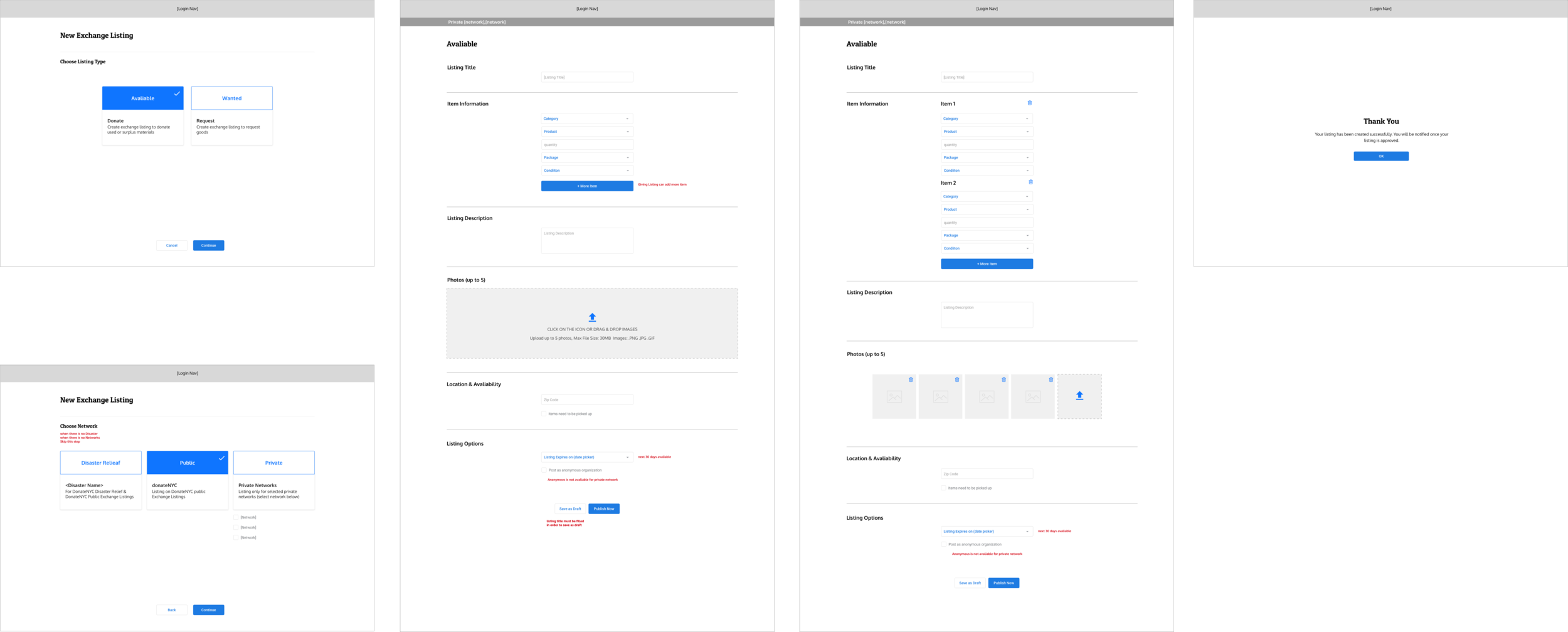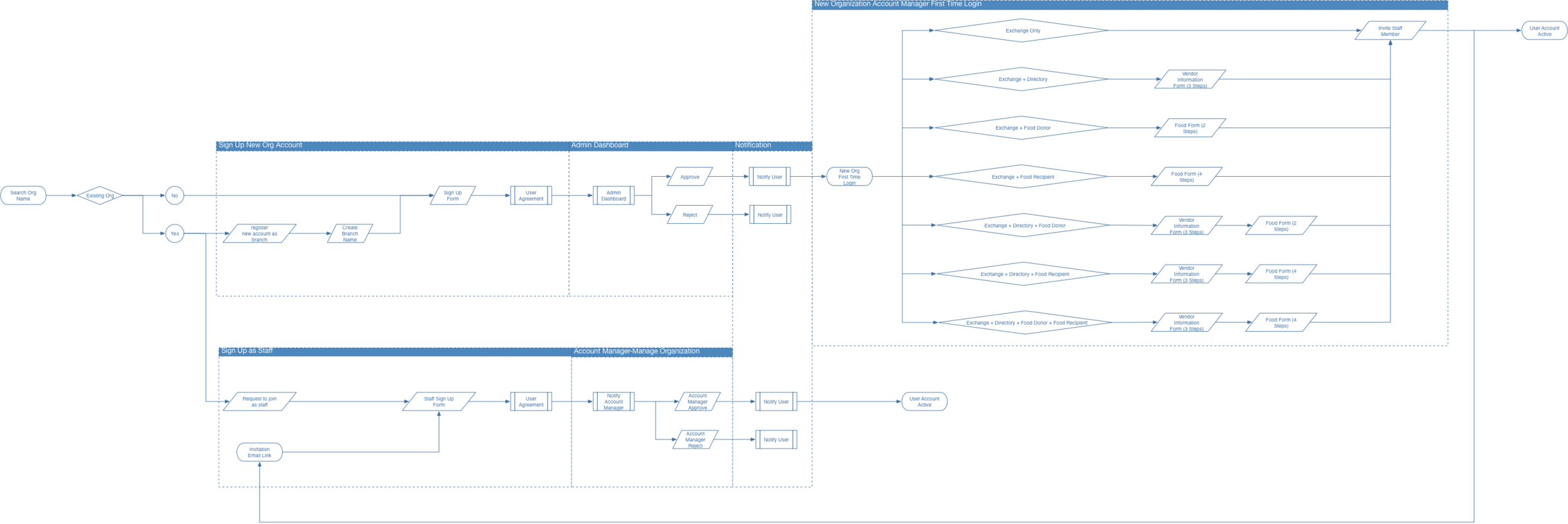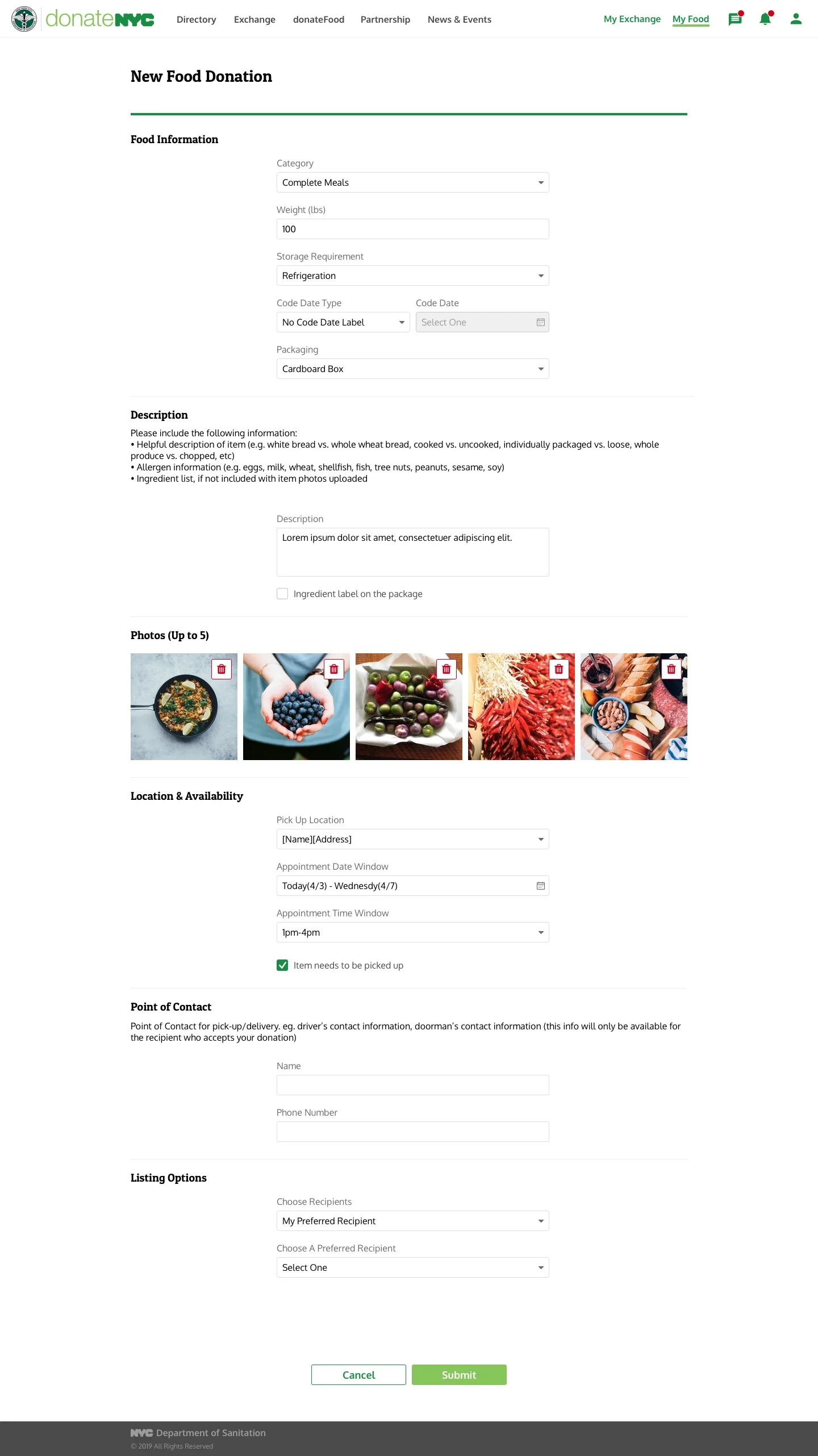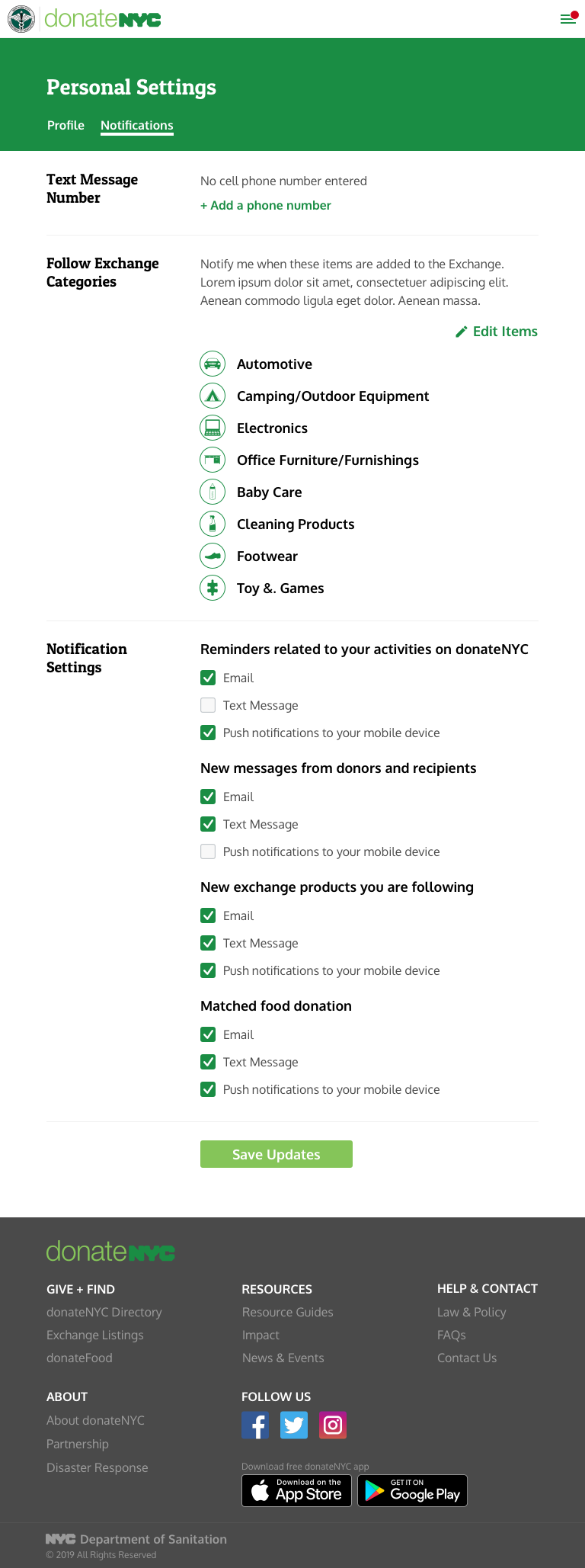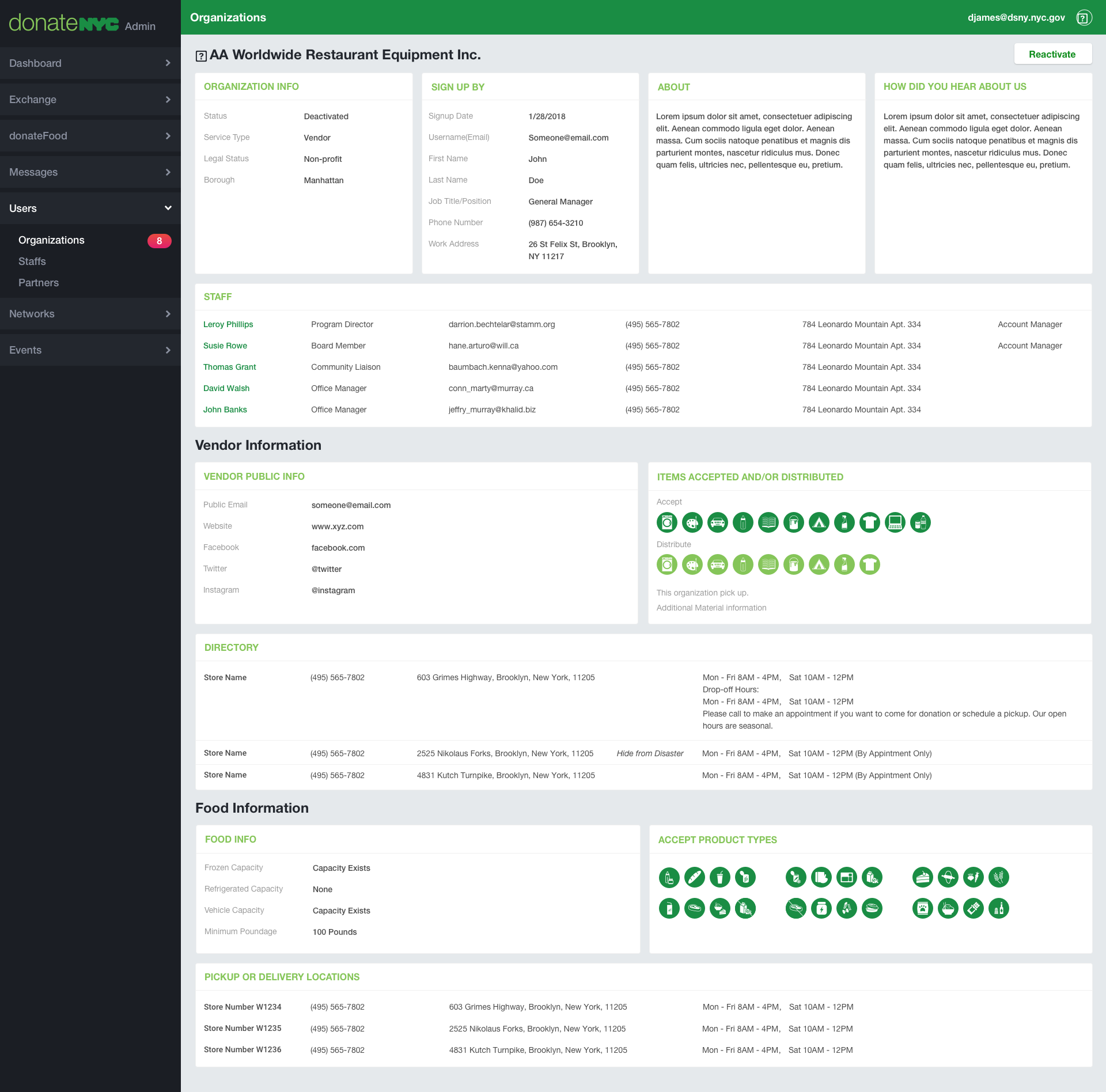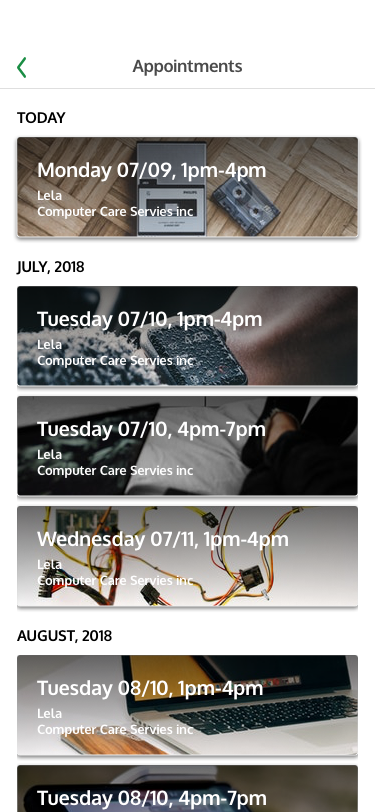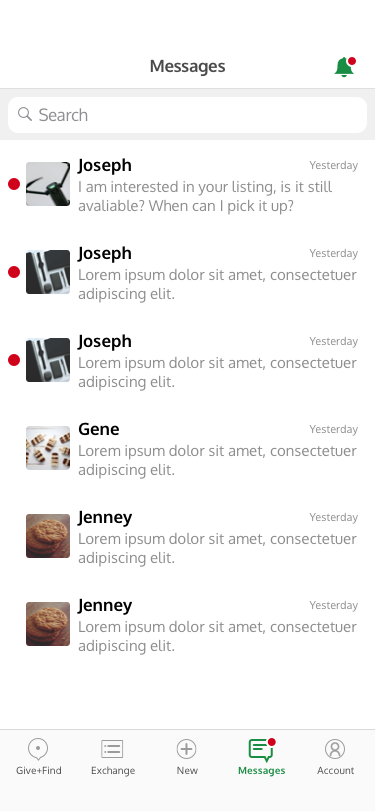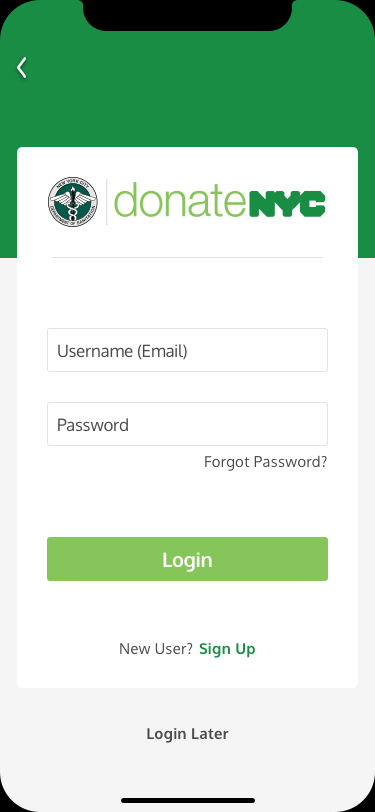PRODUCT OVERVIEW
Methodology
Lean UX
A common challenge in Agile development is integrating UX effectively within fast-paced iteration cycles focused on rapid feature delivery. Traditional UX processes often rely on comprehensive up-front design, which can conflict with Agile’s incremental nature.
To address this, we adopted a Lean UX approach—streamlining the process and embedding design within a continuous, closed-loop feedback system:
Hypothesize → Collaborate on Design → Build MVP → Evaluate.
This iterative cycle enables rapid prototyping and validation, allowing us to deliver features quickly, gather stakeholder input early, receive technical feedback, and support continuous improvement throughout the product lifecycle.
Scrumban
With Agile principles in mind, we adopted a Scrumban methodology to better align with the team's strengths, dynamics, and collaborative rhythm. Leveraging team familiarity and differentiated skill sets, we recognized that Scrumban’s continuous workflow would provide the flexibility needed for this project.
The approach enabled rapid iteration through a constant feedback loop, strict work-in-progress (WIP) limits, and the absence of rigid sprint timeboxes. This structure supported faster design, development, and deployment of feature sets—while maintaining focus and quality throughout the delivery process.
About the Product
donateNYC 2.0 empowers residents, businesses, and nonprofits to actively contribute to New York City’s “Zero by 30” initiative—aimed at eliminating landfill waste by 2030. The platform serves as a central hub for sustainable exchange, making it easier for all New Yorkers to participate in building a more circular, waste-free future.
My Cross-Functional Roles
Throughout the program’s development, I took on multiple roles across its key milestones.
As a Program Manager/Project Manager
I led the successful, on-time delivery of a high-quality program by proactively identifying and removing impediments that could impact progress. I devised a clear and actionable roadmap, managed the overall communication plan, and maintained transparency with stakeholders to ensure alignment on key decisions. I also developed comprehensive program budgets and timelines, effectively balancing internal and external resources. Throughout the project, I navigated shifting priorities, providing clear direction and input to keep the program focused and aligned with its objectives.
As an Agile Partner
I facilitated key Agile ceremonies including sprint planning, daily stand-ups, reviews/demos, retrospectives, release planning, and backlog refinement sessions to ensure smooth and effective team collaboration. As a champion of Agile principles and frameworks, I fostered a safe and open environment where team members felt encouraged to share ideas, ask questions, and voice concerns constructively. I guided the team through continuous improvement by promoting self-reflection and proactive problem-solving. Additionally, I coached both employees and stakeholders on Scrumban fundamentals and implemented Agile metrics such as lead and cycle times to measure and drive the team’s success.
As a Product Owner
I presented concepts, documentation, and program updates to key stakeholders to ensure alignment and transparency throughout the development process. Acting as an internal quality control checkpoint, I oversaw all phases to maintain high standards. I provided guidance on both user experience and technical development, while proactively identifying, communicating, and mitigating risks, assumptions, issues, and decisions as they arose. I defined detailed functional specifications for feature sets and reviewed features extensively for testing and validation during the project lifecycle.
Design Strategist / UX Lead
I collaborated closely with cross-functional leaders to identify and prioritize research activities for the program. Leading user testing and interviews, I validated design decisions directly with end users. Throughout the design process, I guided the team—from framing the problem and synthesizing insights to ideating creative solutions—utilizing design sprints to maintain focus and momentum. Applying Lean UX principles, I translated research insights and strategic goals into concept prototypes to effectively communicate with stakeholders. At every stage, from discovery to validation, I employed a variety of methods to deeply understand customer needs and uncover key opportunities.
Platform Roadmap
The roadmap is driven by evolving technologies, complemented by coaching and guiding the team to learn and adapt to the latest trends in user experience, Agile development, and Lean methodologies.
donateNYC 1.0 Web / Admin
3 Tier Architecture
(Responsive Design)
JQuery
FireBase
RESTful service layers
donateNYC 1.0 Mobile
Native iOS App
Native Android App
donateNYC 1.5
JQuery
Google Maps
RESTful service layers
donateNYC 2.0 Web / Admin
4 Tier Engagement Platform
(Progressive Web App)
(Single Page Application)
react.js
CMS - API Word Press
.net core
Docker
Linux Containers
Mirco Services
donateNYC 2.0 Mobile
Native iOS App
Native Android App
DESIGN STRATEGY
User Experience
Lean UX
During the initial project charter phase, it was established that user experience would be a critical focus in the platform’s development. By adopting Lean UX and following the closed-loop cycle of Hypothesis → Collaborative Design → Building Minimum Viable Product → Evaluate, we were able to identify valuable features early and avoid costly implementations.
Multiple Locations and Multiple Users
Each business organization can manage multiple locations and user accounts, with distinct roles assigned within the organization. Users can be linked to one or more locations to receive notifications about nearby donations.
Through multiple iterations of testing within the closed-loop Lean UX process, we discovered the essential need for organizations to support numerous locations and allow users to be assigned across multiple sites.
Matching Donations
At the core of the system lies a sophisticated curated matching algorithm that considers each organization’s location, rating, status, and preferences. It also factors in response times, as well as messages sent and viewed related to each donation.
The Lean UX hypothesis-driven approach proved invaluable during the iterative development of this complex matching feature. Starting without a fully defined upfront design, the team focused on building and refining the algorithm incrementally, adapting continuously based on learnings and feedback.
UX Feasibility and Importance
Having a clear vision of the bigger picture fosters better coordination and deeper understanding throughout the product development process. During mind mapping, we evaluate the practicality, feasibility, and priority of each proposed feature to ensure focused and effective decision-making.
Storyboards & Wireframes
The cross-functional team developed a series of storyboards illustrating how potential users would typically interact with the system under normal conditions. These concepts were grounded in user personas, journey maps, and industry best practices.
Donate Surplus Goods
Below is the decision tree that each food donation follows once a potential recipient has been identified by the matching algorithm.
Surplus goods decision tree
Streamlined surplus goods posting
Donate Food
Below is the decision tree each food donation goes through after a potential recipient match has been made through the matching algorithm.
Donate Food decision tree
Streamline new food donation posting
User Registration
The goal is to keep users engaged through a simpler and faster registration process.
User registration decision tree
Streamlined user registration
UI Designs
Over 500+ high fidelity user interfaces were created between a team of designers, including responsive design, tablet, mobile app, and design specs.
Web User Interface
Mobile Responsive (Tablet Viewport) User Interface
Mobile Responsive (Phone Viewport) User Interface
Administrator Dashboard User Interface
Native iOS User Interface
Native Android User Interface
ENTERPRISE ARCHITECTURE
The donateNYC platform is the first of its kind developed within New York City agencies to be fully modular and scalable. Its service-oriented architecture enables continuous delivery and incremental deployment of new features.
Scalable Solution
donateNYC is built on a client-server architecture structured around a four-tier engagement platform, providing flexibility in how services are consumed and dynamically composed.
The client tier supports user interaction across multiple interfaces, including web browsers, mobile apps, and standalone clients, delivering personalized services based on the client’s presentation layer.
The delivery tier optimizes and contextually delivers content, drawing on intelligence gathered from the client layer to enhance user experience.
The aggregation tier acts as the core service layer, enabling discoverability between requests and services, while managing bidirectional translation between client requests and backend systems.
Finally, the service tier connects to external third-party services, allowing the platform to integrate additional functionalities and data sources.
Technical Stack
donateNYC is a progressive web application (PWA) and a single-page application (SPA), with data powered by microservices and integrated external CRM systems.
Leveraging Scrumban, the development team maximized the collaborative aspects of Agile alongside a continuous flow of development and deployment.
The platform is deployed using Docker containers within a Rancher 2 environment on Unix systems, with DevOps practices implemented through Jenkins to enable continuous integration and deployment.
DevOps
By bridging the gap between development and operations, integrating DevOps into our team enabled senior developers to concentrate on building services instead of troubleshooting Docker container installations and server configurations. Containerization, continuous integration/continuous deployment (CI/CD), and strong server operations expertise optimized the team’s efficiency and effectiveness in their respective roles.
CONCLUSION
Observations
Local Law 176 states: “ … create and maintain a web portal that will allow prospective food donors and recipients …”
Department of Sanitation (DSNY) is required to completely build out a web solution to facilitate food donations within the City of New York.
The donateNYC platform was truly a large-scale undertaking, with a budget set just under one million dollars after six months of negotiations with the Office of Budgeting. The development team faced challenges adapting to new technologies, frameworks, and syntax, all while onboarding and training interns. During this time, we introduced Lean UX methodology and transitioned from Scrum-based sprints to a Scrumban continuous flow approach. Despite these hurdles, the team consistently performed at a high level—achieving strong lead and cycle times—and successfully delivered the project on time and under budget.
Results
In total, we delivered seven distinct user experiences spanning four different products. These included platforms for web, iOS, and Android devices, as well as standalone kiosk systems. Each experience was carefully tailored to meet the unique needs and contexts of its respective platform, ensuring a seamless and engaging interaction for a diverse range of users.
donateNYC Web
Dynamic Single Page Application, that delivers on-demand client-side consumption of services. For general public use.
Desktop / Tablet / Mobile Views
donateNYC Mobile Applications
Native iOS and Android Application, that delivers on-demand client-side consumption of services. For general public use.
iOS / Android
donateNYC Dashboard
Dynamic Single Page Application, that delivers on-demand client-side consumption of services. For internal managing of content, transactions, and users.
Desktop / Tablet Views



